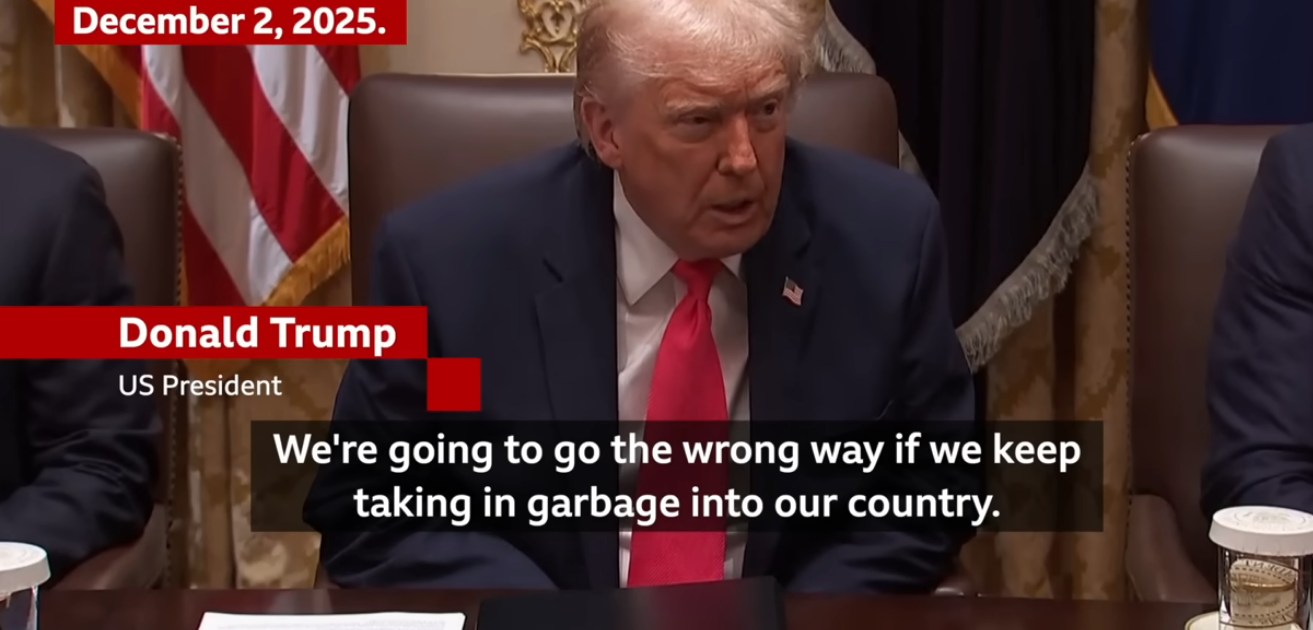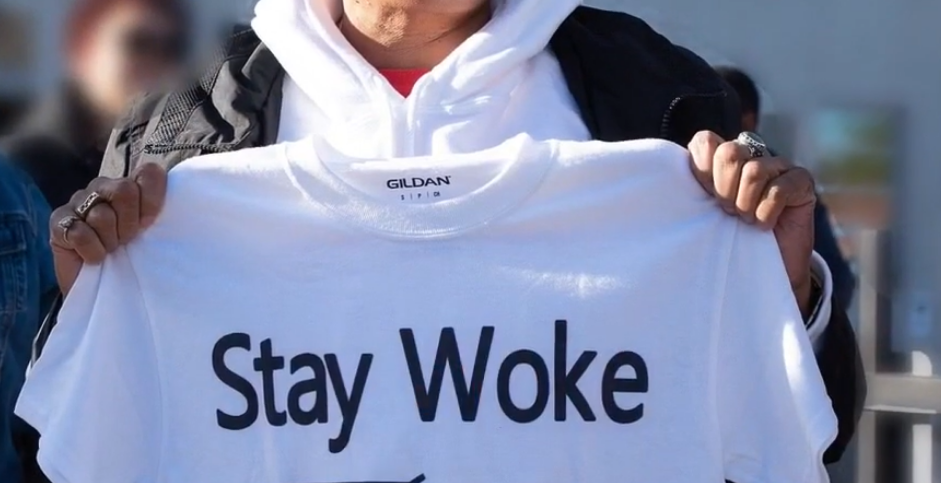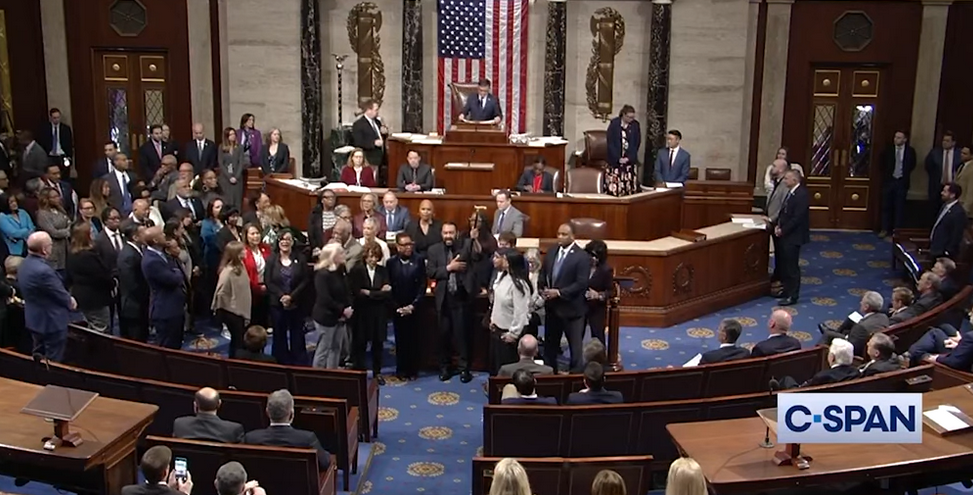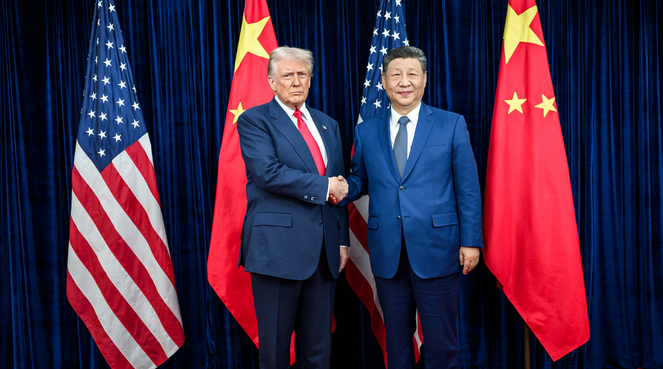Sanders and Clinton
Even as Bernie Sanders was endorsing Hillary Clinton Tuesday in New Hampshire, expressions of dismay and outrage from his supporters flooded social media. Naturally, Donald Trump piled on, tweeting that Bernie Sanders “has totally sold out to corrupt Hillary Clinton,” and that his supporters are “not happy that he is selling out.”
Those gathering under #selloutsanders are, of course, a small minority of activists. Polls show that 85 percent of Sanders voters are ready to support Hillary Clinton, and that number will surely grow when the Democratic Convention launches her formal candidacy. But the sentiment is real.
The Sanders insurgency was fueled by a revolt against the big-money politics that Clinton personifies. Clinton delivered one of her most populist speeches in response to the Sanders endorsement, but doubts about her commitments are widespread, even among those intending to vote for her.
Sanders, however, did not “sell out.” His endorsement was carefully framed. He began by celebrating the extraordinary movement that grew behind his candidacy – 13 million votes, hundreds of thousands of volunteers, 2.5 million small donors, victories in 22 caucuses and primaries and 1,900 delegates. “Together, we have begun a political revolution to transform America and that revolution continues. Together, we continue the fight to create a government which represents all of us, and not just the one percent – a government based on the principles of economic, social, racial and environmental justice.”
Sanders has it right. It will take a political revolution to transform our politics, revive our democracy, and make government the instrument of the many and not just the few. That is not a task of one campaign or one presidency. The movement has to build – in fits and starts, waves and tides – over time. And Sanders is right: The next step in building that movement is defeating Donald Trump and electing Hillary Clinton as president.
The Movement Must Work To Crush Trump
Populist movements in this country have often floundered on the shoals of race and nativism. The established are quick to play on racial division or fears of the other to divide working and poor people. The South perfected this politics, but it works, sometimes with greater subtlety, across the nation and across party lines. Clinton fended off Sanders’ surge in part by contrasting her social liberalism – “breaking down barriers” for people of color and women – with what she termed Sanders’ “single issue” focus on the economy. Sanders succeeded in winning the majority of votes of African Americans under 30, but the political revolution has work to do to consolidate a powerful multiracial movement for fundamental change.
Thrashing Donald Trump is the next step in that process. Trump has risen as a fake populist, preying on racial and nativist fears. His slurs against Mexican immigrants, Moslems, blacks and women are classic, if raw, politics of division. His bet is that he can profit from consolidating the votes of white working and middle-class men by stoking their fears and anger.
The Sanders political revolution – the activists, the volunteers, the young, the independents looking for a new politics – have to be central to making November a resounding rejection of the politics of division. There is no way to consolidate a broad multi-racial populist majority without standing up shoulder to shoulder with the people of color who are the targets of Trump’s venom. It is not enough that Trump is beaten; he needs to be routed, repudiated. And that can only happen with the energy of the movement that Sanders has helped to build.
For the movement, there is a profound difference between a Clinton presidency and a Trump presidency. One needn’t harbor hopes that there is a populist Superwoman hidden beneath Hillary Clinton’s Clark Kent pantsuits to see this.
If Trump is president, Republicans surely control the House and most likely the Senate. They set the agenda. We will spend the next four years fighting against reaction – austerity budgets, massive increases in defense spending, attacks on choice, civil rights, environmental protection. They’ll seek to repeal Obamacare, financial reform and President Obama’s climate initiatives. As Sanders noted, Trump carries the right’s agenda – against the minimum wage, against extending Medicaid, denial of climate change and more. And of course, there is the Supreme Court.
The populist movement will be forced to fight battles that have already been won, to defend half-measures – like Dodd-Frank financial reform and Obamacare – from getting rolled back. In those defensive battles, virtually every Democrat looks like a hero. Against the nightmare, even the dimmest bulb seems like a dawn. Corporate Democrats gain cheap grace by standing up boldly for Dodd Frank or Obamacare. The space for left alternatives – and for education about those alternatives – virtually disappears.
If Clinton is president, the political revolution will not have won. But we will fight on our agenda – sometimes with and sometimes against the president. Sanders made that clear in his endorsement, focusing on the promises exacted from Clinton in the course of the campaign and the platform fights: a $15 minimum wage, commitment to rebuild America, further health care reform – opt-in to Medicare at 55, a public option, Medicare empowered to negotiate bulk discounts on prescription drugs, a more than doubling of resources for community health care centers, progressive tax reform, tuition-free college for over 80 percent of students, action on climate change, comprehensive immigration reform, reform of our broken criminal justice system. Clinton responded by pledging to push for populist reforms, including opposition to the Trans-Pacific Partnership.
Clinton will be looking to cut deals with Republicans, and her foreign policy team is likely to be an utterly terrifying combination of neo-conservative and indispensable nation interventionists.
But the terrain of the debate will shift. The Sanders movement can challenge Clinton when needed – beginning with Obama’s lame, lame-duck session attempt to cram through the TPP, challenging Clinton appointments if she seeks to revive the Wall Street-Washington revolving door, exposing the tax bribe to global corporations to gain funds for infrastructure investment, etc. Clinton will forward an increase in the minimum wage; the Sanders movement can demand $15.00 and push for it in states and localities across the country. She’ll call for paid family leave and paid sick days; the Sanders movement can support, and push at the state and local level. The political revolution can challenge any backsliding the promise for tuition free education or real action on climate change. It can join with her to push comprehensive immigration reform and criminal justice reform.
In these battles, the difference between the Wall Street wing of the party and the Sanders-Warren wing of the party will be stark. The political revolution can challenge corporate Democrats, and create space for real populists to challenge them. The battles will help deepen the understanding of Americans about the core issues at stake.
A Clinton presidency will be a reform presidency, but it won’t be nirvana. She’ll have no mandate for the radical economic changes this country needs. She’ll face a Republican Party, hopefully chastened, but certainly rabid in its hatred for her. The tepid economic recovery is already slowing. There is no sign that Clinton’s predilection for intervention abroad has been sobered by experience. In 2020, the reapportionment election year, the Republican money establishment will gear up for a swing election, a reaction that could consolidate their hold on state legislatures and statehouses.
The political revolution that fueled the Sanders campaign must continue to build. It must use the battles during Clinton’s first term to deepen popular understanding, to consolidate a multi-racial movement, to reach out to disaffected working and poor people to show there is an alternative – and it is not on the right. It has to mobilize to demonstrate that business as usual cannot continue. The massive, non-violent demonstrations in support of Black Lives Matter illustrates what can be done. The entrenched interests must be challenged frontally, uncomfortably, so they too understand that something must be done. The political revolution can then capture the energy for change to challenge those in both parties who are standing in the way.
Sanders has it right: The next step is to work to ensure that Donald Trump is routed in 2016, and to use the Democratic platform as the minimum standard that all Democratic candidates must endorse. Sanders isn’t selling out; he is staying in, loyal to the political revolution that he has helped to build.
Please see Nationofchange.org





